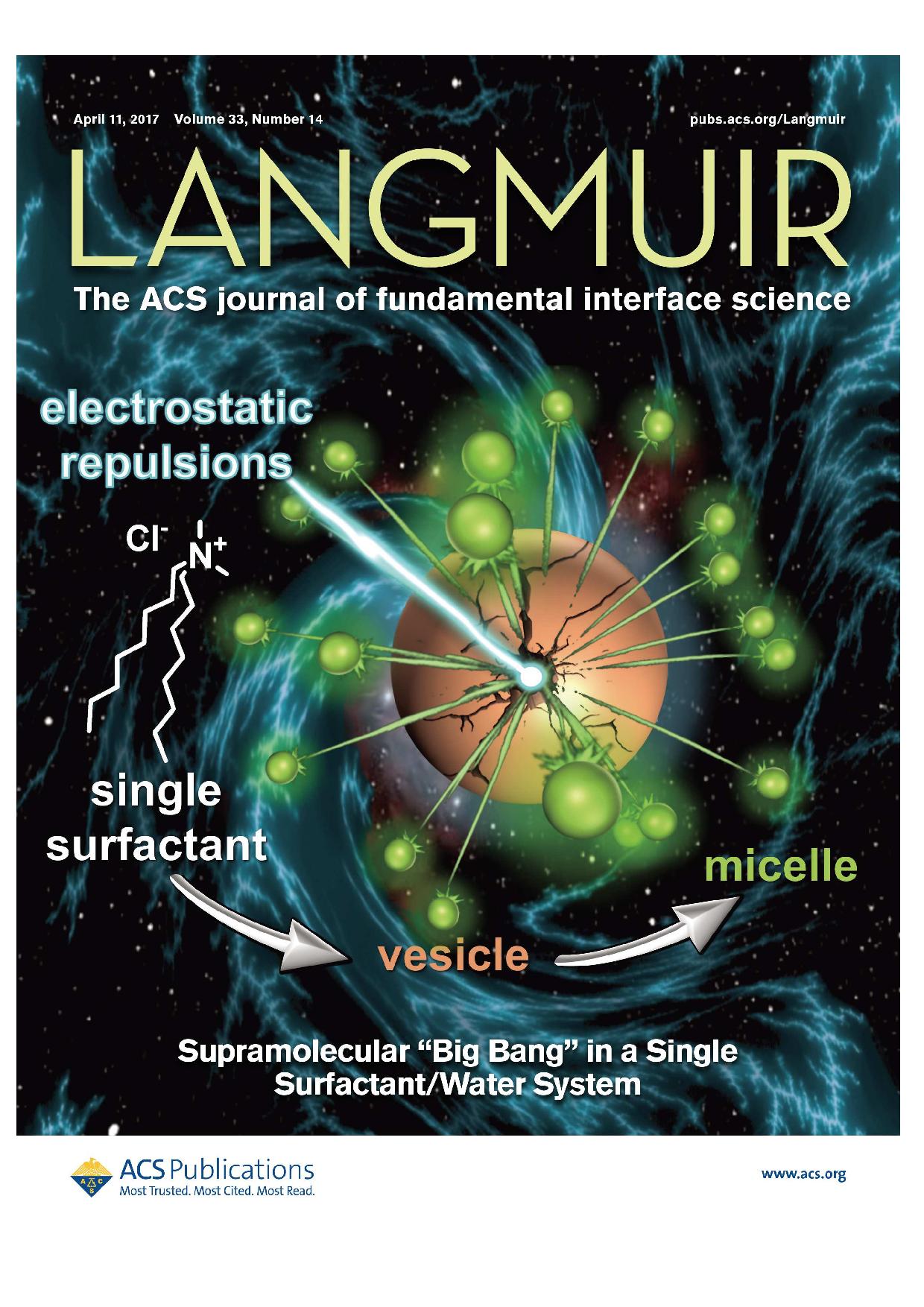In a system of surfactant molecules in aqueous solution, it is quite unusual for a vesicle to turn into micelles as the molecular concentration increases. Instead, a transition toward a multilamellar vesicle, a lamellar phase or "sponge," would seem more natural.
Yet chemists from ICSM and Lille University have provided the first evidence of a transition from vesicles to micelles for surfactant cationic molecules with double chains (dimethyl-di-n-octylammonium in the chloride form).
This surfactant combines two antagonistic structural properties. The presence of the double chain gives it a hydrophobic behavior, which promotes the formation of low-curvature aggregates in spite of the electrostatic repulsion between polar heads. On the other hand, the short length of the double chain brings a hydrophilic touch, which has the effect of stabilizing a dimer that forms spontaneously at very low concentrations. As this concentration increases, the dimers aggregate in vesicles until the electrostatic repulsions between vesicles cause a "supramolecular big bang." Then the vesicles "explode" into many micelles.
This discovery opens new opportunities for drug vectorization and delivery.